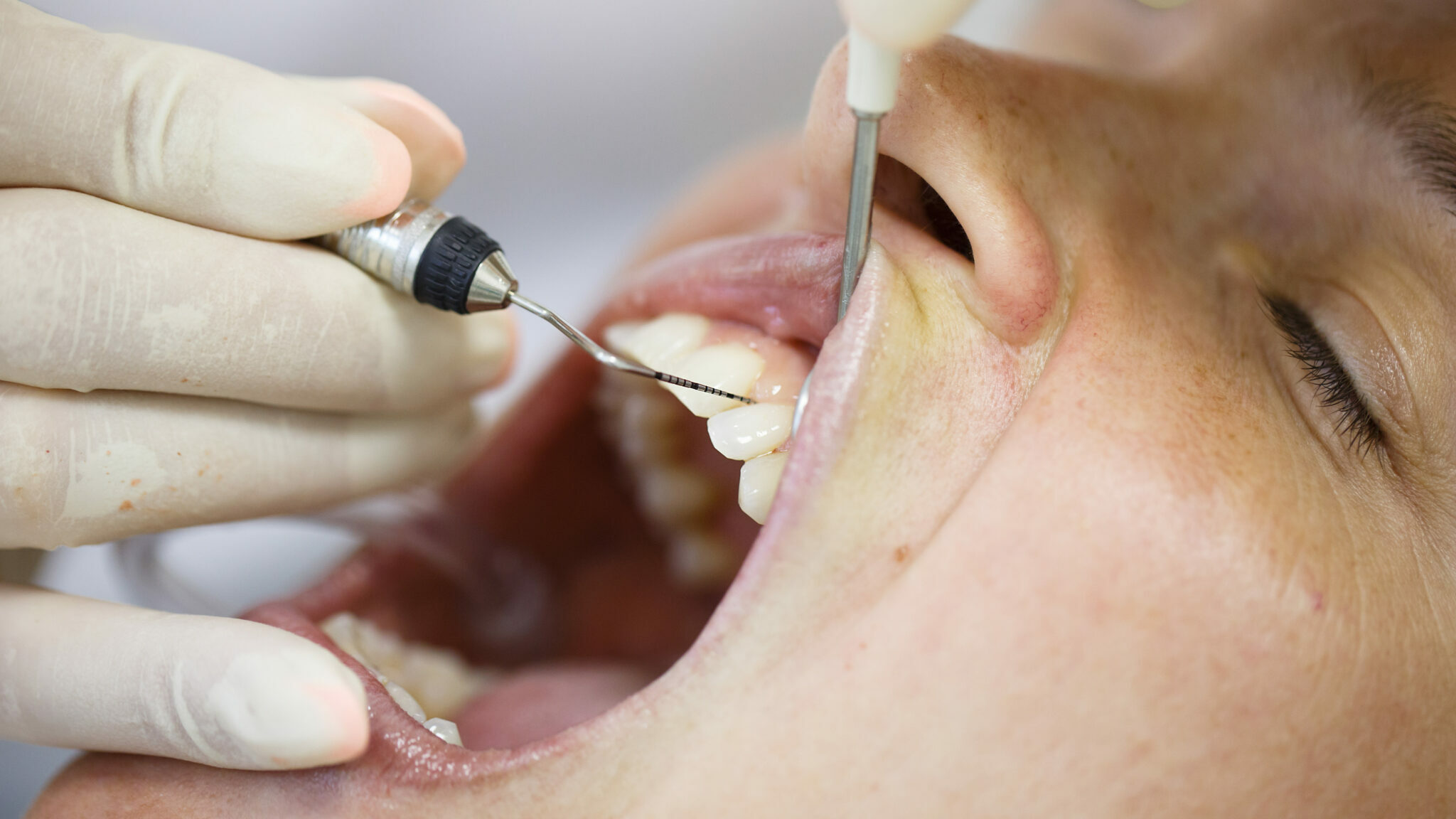
July 22, 2022
by Gabriele Maycher, CEO, GEM Dental Experts Inc. BSc, PID, dip DH, RDH
Q: Can you make a dental hygiene diagnosis based on pocket depths alone? A few of my fellow hygienists insist that a 5mm pocket depth is an indication of periodontitis.
A: No, you can not make an accurate Dental Hygiene Diagnosis (DHD) based on pocket depths alone. Pocket depths may assist in making a diagnosis in combination with other assessments like clinical attachment loss (CAL) or radiographic bone loss (RBL), furcation involvement, mobility, etc. But as a stand-alone assessment, it only indicates the presence of a “complexity factor” for treatment. In other words, how complex will it be to get this patient to the parameters of health (i.e., nonsurgical periodontal therapy with or without local anesthetic, surgical periodontal therapy, and/or adjunctive therapy). Even in the new 2018 AAP Global Periodontal Classification, pocket depths are considered a complexity factor in determining a stage for a periodontitis patient (See Periodontitis: Staging Table.)1
As for the 5mm pocket depth indicating periodontitis, this also is not true. I have heard this claim so often that I’ve termed it a clinical myth. No one can explain the origin of, or rationale behind, this statement or present the literature to verify its accuracy. Again, clinical attachment or radiographic bone loss, due to biofilms, needs to be present to verify the periodontitis diagnosis. If you are not able to determine CAL accurately, and most hygienist can not, and/or the patient doesn’t consent to radiographs, you would have a difficult time diagnosing your 5mm pocket depths as periodontitis.
Now let’s dive a bit deeper into the fundamentals of pocket depths in disease progression for a better understanding on why a 5mm pocket doesn’t necessarily mean it is periodontitis: The three states of the periodontium are 1) health 2) gingivitis, and 3) periodontitis.2
In health, you have a healthy sulcus, probing depths range from 1 – 3mm, and the junctional epithelium (JE) is coronal to the cementoenamel junction (CEJ). With the disease state of gingivitis, the JE is at the CEJ with probing depth greater than 3mm due to swelling of the tissue, also known as a pseudo pocket, with no apical migration of the junctional epithelium. With the disease state of periodontitis, pocket depths are 4mm or greater and the JE is apical to the CEJ.
Periodontitis is characterized by 1) apical migration of the JE, 2) loss of connective tissue attachment, and 3) loss of alveolar bone.3 So, unless you have interproximal clinical attachment loss and/or radiographic evidence of bone loss (i.e., apical migration of the JE), due to biofilms and not due to an acquired or developmental deformity, a 5mm pocket is not necessarily an indication of periodontitis. It could be a 5mm pseudo pocket, or it could be a 5mm pocket depth due to an acquired or developmental deformity. Likewise, a 4mm pocket depth with evidence of apical migration due to biofilms would be an indication of periodontitis.
Hence, pocket depth alone is not a stand-alone index to make an accurate DHD or predict periodontitis as the disease state.
References:
- Tonetti MS, Greenwell H, Kornman KS. Staging and grading of periodontitis: Framework and proposal of a new classification and case definition. J Periodontal. 2018;89(Suppl 1):S159-S172. https://doi.org?10.1002/JPER.18-0006
- Foundations of Periodontics for the Dental Hygienist, Enhanced 5th Edition, jill S. Gehrig, Daniel E. Shin and Donald E. Willmann.
- Armitage GC, Cullinan MP. Comparison of the clinical features of chronic and aggressive periodontitis. Periodontol 2000. 2010;53:12-27.
Leave a Reply Cancel reply
You must be logged in to post a comment.